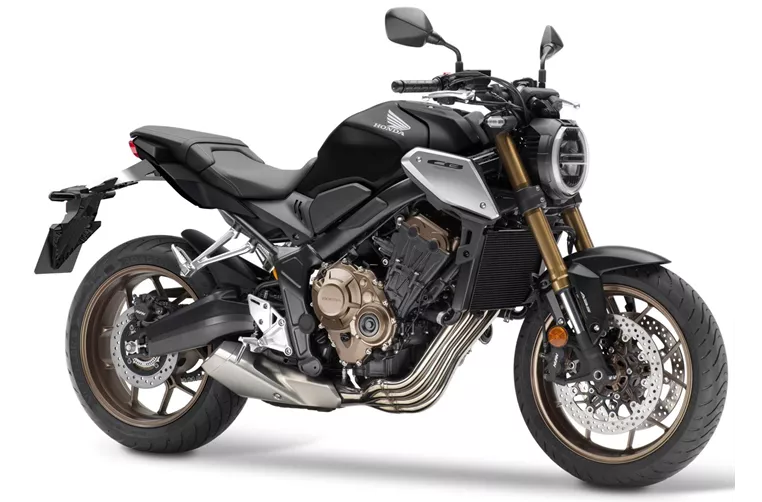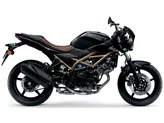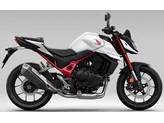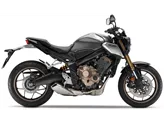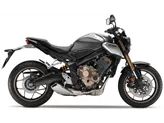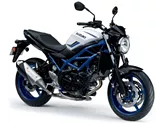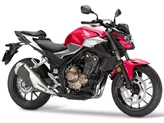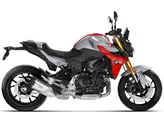Honda CB650R 2021 vs. Suzuki SV 650 2017
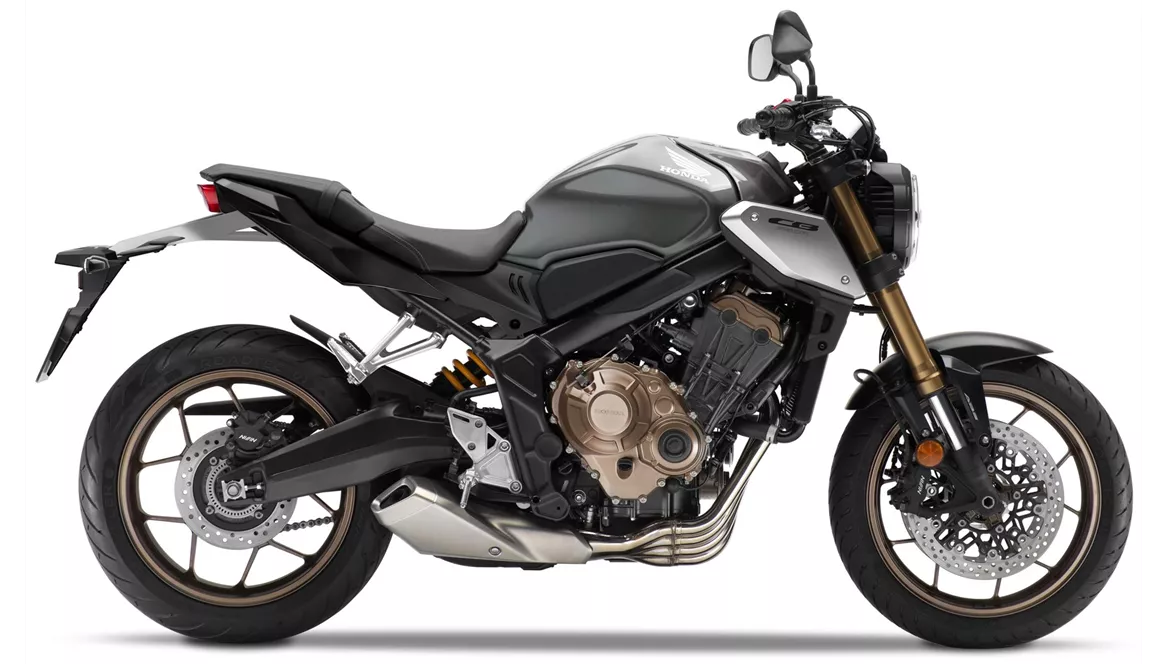
Honda CB650R 2021

Suzuki SV 650 2017
Overview - Honda CB650R 2021 vs Suzuki SV 650 2017
The Honda CB650R 2021 and the Suzuki SV 650 2017 are both naked bikes that offer a thrilling riding experience. While they have some similarities in terms of engine type, fuel system, and suspension, there are also notable differences between the two models.
In terms of engine power, the Honda CB650R 2021 comes out on top with 95 HP compared to the Suzuki SV 650 2017's 76 HP. This means that the Honda CB650R 2021 has a more powerful engine, which can provide a more exhilarating riding experience. However, the Suzuki SV 650 2017 has a slightly higher torque of 64 Nm compared to the Honda CB650R 2021's 63 Nm.
Both bikes have liquid cooling systems, which help to maintain optimal engine temperature during long rides. They also feature fuel injection systems, ensuring efficient fuel delivery and better performance.
In terms of suspension, the Honda CB650R 2021 is equipped with an upside-down telescopic fork at the front and a swing arm with a monoshock absorber at the rear. On the other hand, the Suzuki SV 650 2017 features a telescopic fork at the front and a swing arm with a monoshock absorber at the rear. Both bikes offer a comfortable and stable ride, but the Honda CB650R 2021's upside-down fork may provide slightly better handling and stability.
When it comes to the chassis, both bikes have steel frames. However, the Honda CB650R 2021 has a twin-tube frame, while the Suzuki SV 650 2017 has a tubular frame. The twin-tube frame of the Honda CB650R 2021 may offer better rigidity and stability, enhancing the overall performance of the bike.
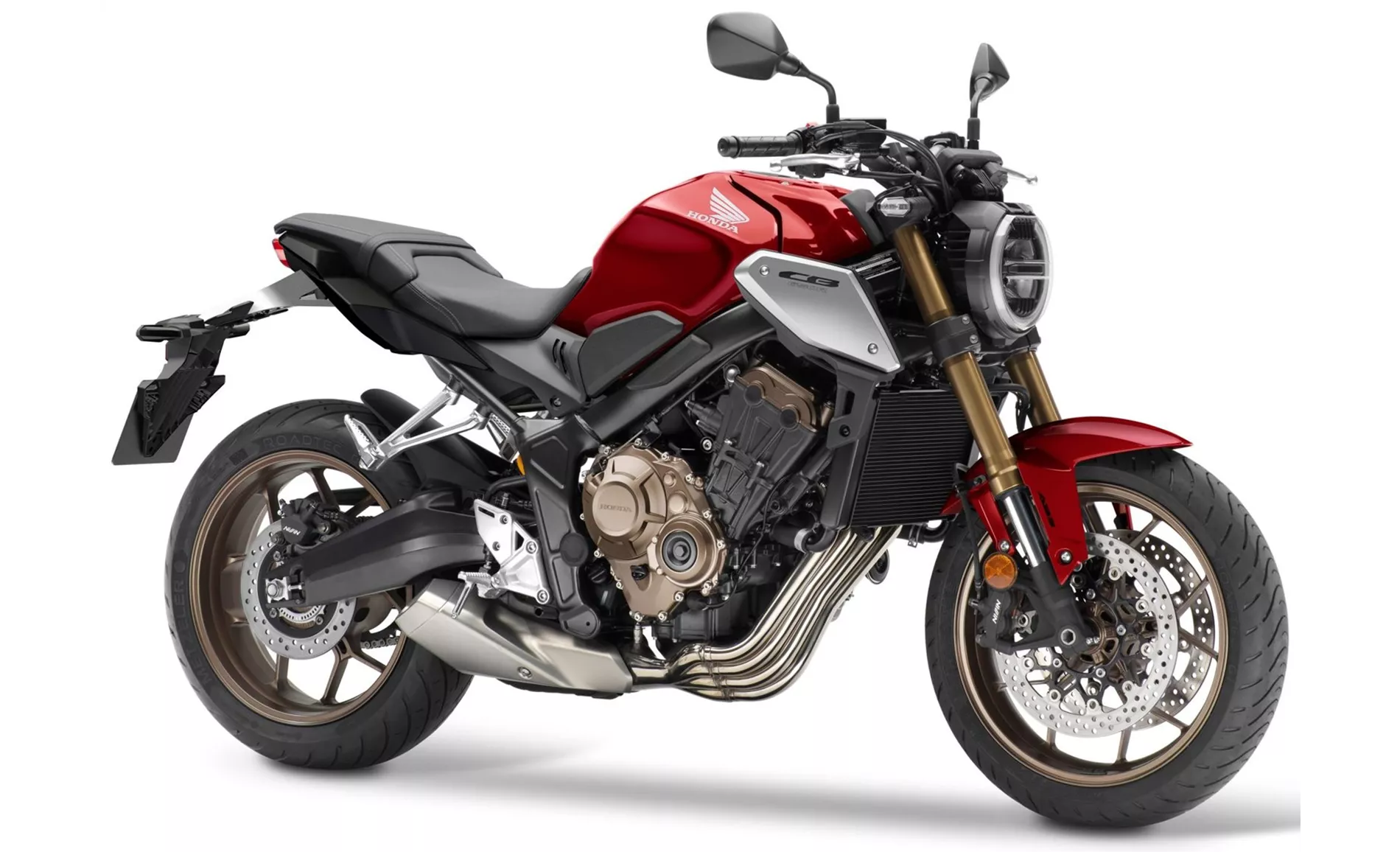
Honda CB650R 2021
In terms of braking, both bikes feature double disc brakes at the front. However, the Honda CB650R 2021 has larger diameter discs (310 mm) compared to the Suzuki SV 650 2017's 290 mm discs. The Honda CB650R 2021 also has four-piston calipers, providing better stopping power. On the other hand, the Suzuki SV 650 2017 has double-piston calipers. It is worth noting that the Suzuki SV 650 2017 has been criticized for having weak brakes, which may affect the overall riding experience.
Both bikes are equipped with ABS, which enhances safety by preventing wheel lock-up during sudden braking.
In terms of dimensions and weights, the Honda CB650R 2021 has a slightly longer wheelbase (1450 mm) compared to the Suzuki SV 650 2017's 1445 mm. The seat height of the Honda CB650R 2021 is also slightly higher at 810 mm, while the Suzuki SV 650 2017 has a seat height of 785 mm. The Honda CB650R 2021 is slightly heavier, with a kerb weight of 202.5 kg compared to the Suzuki SV 650 2017's 197 kg.
Both bikes have similar front and rear tire dimensions, with a width of 120 mm and a diameter of 17 inches for the front tire, and a width of 180 mm and a diameter of 17 inches for the rear tire.
In terms of fuel tank capacity, the Honda CB650R 2021 has a larger capacity of 15.4 liters compared to the Suzuki SV 650 2017's 13.8 liters. This means that the Honda CB650R 2021 may offer a longer range before needing to refuel.

Suzuki SV 650 2017
In terms of strengths, the Honda CB650R 2021 is praised for its Neo Sports Cafe Optics, making it visually appealing. It is also considered suitable for beginners due to its manageable power and good price-performance ratio. The engine of the Honda CB650R 2021 revs up smoothly, and it has a low fuel consumption.
On the other hand, the Suzuki SV 650 2017 is known for its smooth engine and playful handling. It also has a great chassis, which contributes to a fun and enjoyable riding experience.
However, the Honda CB650R 2021 has some weaknesses. It may not provide enough space for tall riders, and its equipment is considered mediocre. Some riders also feel that the Honda CB650R 2021 lacks punch from the rev range.
The Suzuki SV 650 2017 has been criticized for its weak brakes, which may affect its overall performance and safety.
In conclusion, both the Honda CB650R 2021 and the Suzuki SV 650 2017 are capable naked bikes that offer exciting rides. The Honda CB650R 2021 has a more powerful engine and some additional features, such as a twin-tube frame and larger brakes. However, the Suzuki SV 650 2017 has its strengths in terms of smooth engine performance and playful handling. Ultimately, the choice between the two models will depend on individual preferences and priorities.
Technical Specifications Honda CB650R 2021 compared to Suzuki SV 650 2017
Pros and Cons in comparison
Pros and Cons in comparison
Honda CB650R 2021
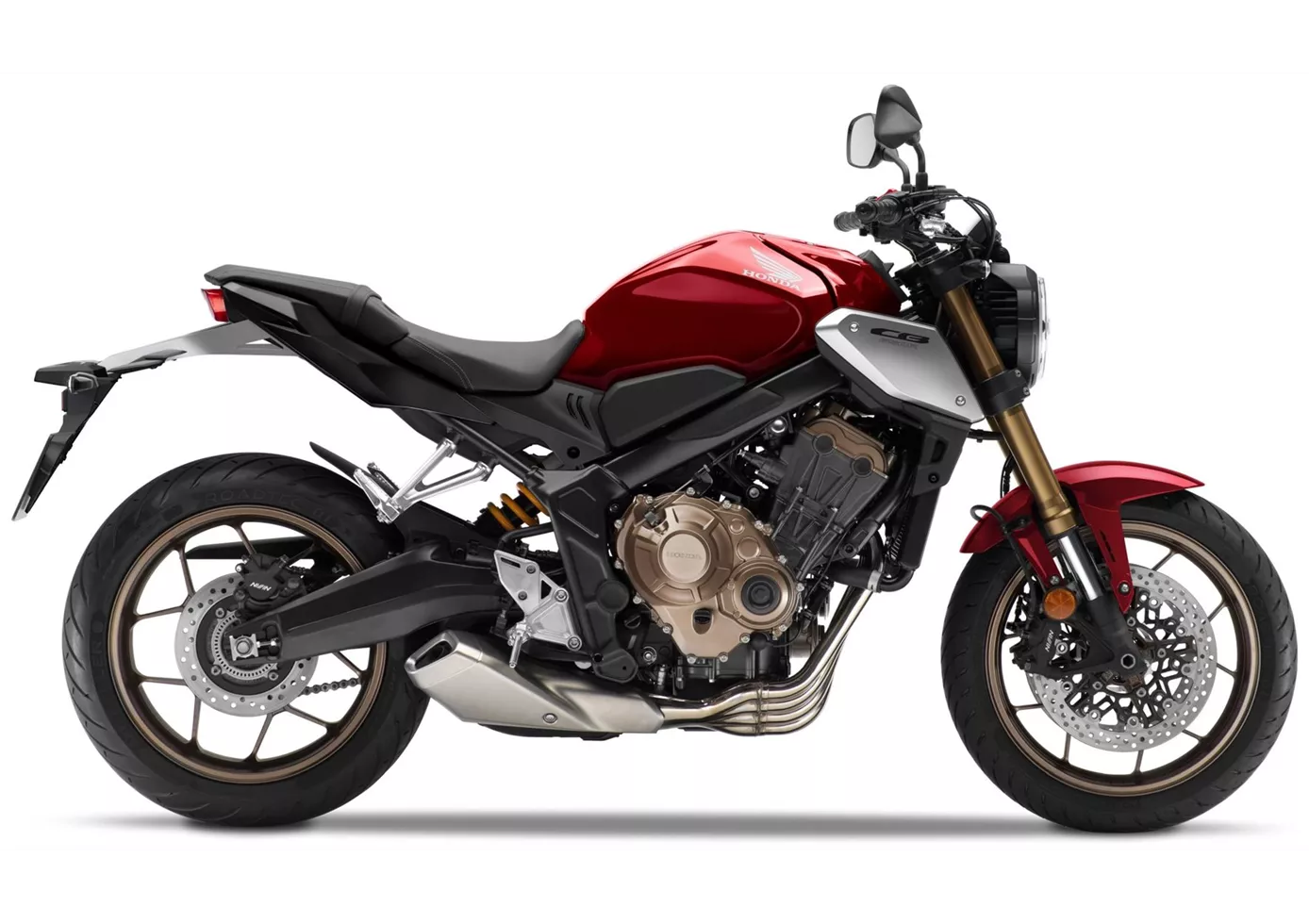
13 out of a possible 24 points mean 5th place in the large mid-range naked bike comparison test 2021. The Honda puts up a good fight against the technically more advanced competition and can leave a motorbike behind despite its position as an outsider. Pleasing looks, accessible riding and the low price make the shortcomings that were brought to light in the direct comparison fade into the background.
Suzuki SV 650 2017

The Suzuki SV 650 is accompanied by a long history of success that is sure to continue for a long time. Its supple V2 impresses with very smooth response and plenty of torque. Compact dimensions help to make the motorbike look very compact. This will be very convenient for beginners. The chassis also scores with playful handling. Unfortunately, the braking effect is not at the level one would expect from such a powerful vehicle.
Price Comparison Avarage Market Price Honda CB650R vs Suzuki SV 650
There are a few key differences between a Honda CB650R 2021 and a Suzuki SV 650 2017. In terms of price, the actual average price of a Honda CB650R 2021 is about 16% higher. Compared to Suzuki SV 650 2017 there are more Honda CB650R 2021 bikes available on the 1000PS.de Marketplace, specifically 11 compared to 6. It takes less time to sell a Honda CB650R with 63 days compared to 112 days for a Suzuki SV 650. Since model year 2019 1000PS.de editors have written 23 reviews for the Honda CB650R and 25 reviews for the Suzuki SV 650 since model year 2005. The first review for the Honda CB650R was published on 10/8/2018 and now has more than 53,700 views. This compares to more than 14,200 views for the first review on Suzuki SV 650 published on 9/26/2008.
